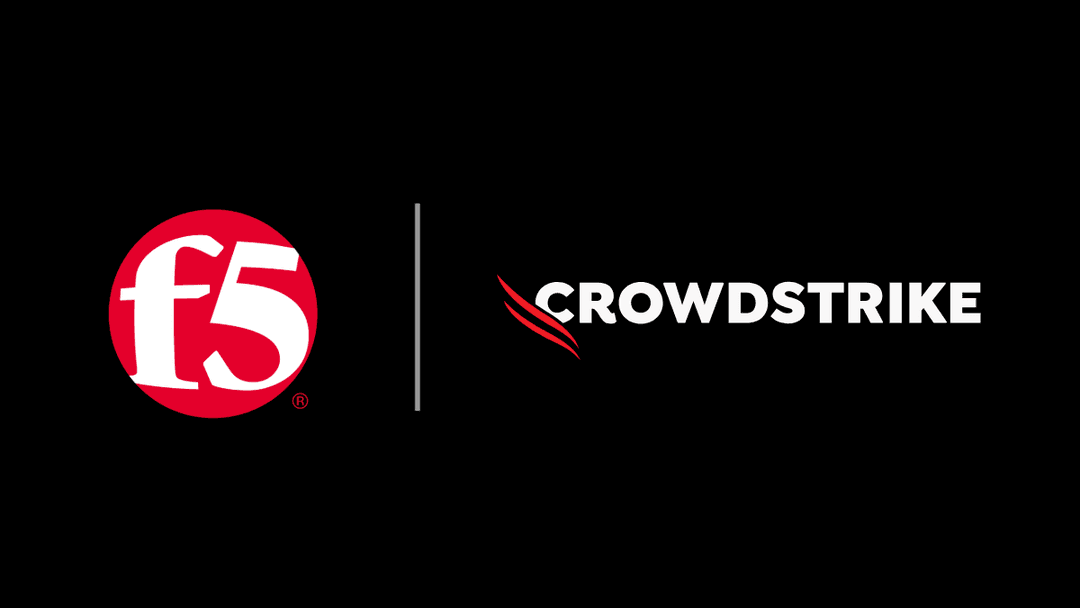Application Programming Interfaces, or APIs, are all the rage.

While APIs are not new, recent phenomena such as accelerated digital transformation during COVID-19, enhanced software integrations, and efforts to replatform legacy apps for the cloud, has resulted in continuous API sprawl—impacting management, security, and even architectural choices organizations make in order to succeed in the modern digital economy.
APIs, in essence, can represent the rise of the machines. Except, fortunately, humans still have control over their construction, management, and security (at least for now).

Fundamentally, in “API speak” (so to speak), the consumer generally sends queries or requests to the producer, through unified interfaces consisting of various standards, schemas, and specifications.
For example, the National Weather Service (the producer) contains daily weather data. The weather app on your phone (the consumer) calls, or more specifically, queries, this system via the WeatherKit REST API, and then renders the data through the weather app user interface. While this is a simple example of a popular app used by millions of users, it is noteworthy that machine-to-machine communication represents the lion’s share of traffic for modern digital experiences, and it’s powered by APIs.

There are a number of technology benefits that translate to business value afforded by APIs:
| Technology Benefit | Business Value |
|---|---|
| Abstract the underlying implementation of a web app. | Organizations can quickly deploy mobile apps and microservices-based architectures. |
| Specify types so developers can implement API consumers through tooling. | Leaders can optimize development processes to facilitate improved time to market. |
| Define semantics/behavior to model consistent and predictable information exchange. | Partners can develop and monetize third-party integrations. |
When it comes to the implementation of APIs, there are a number of considerations. Specifically, with respect to modeling, versioning, and contract testing, which help to decouple dependencies and ensure interoperability during design, construction, and maintenance.
| Consideration | Description | Benefit |
|---|---|---|
| Modeling | The semantics or behavior to represent and structure the exchange of information. | Streamlined management of distributed architectures. |
| Versioning | Governance strategies for release and maintenance throughout the API lifecycle. | Maximal usability and backward compatibility. |
| Contract Testing | Defined interaction and expected responses between the consumer and producer. | Deterministic interactions with third-party business integrations. |
There is no right or wrong way to build, manage, and secure an API. In fact, when APIs started to proliferate, it became necessary to standardize on the shape and structure of APIs in order to consume them at scale. Enter the OpenAPI Initiative and resulting OpenAPI Specification (OAS). Swagger was the original reference implementation of the OpenAPI Specification, and most tooling has now converged on using OpenAPI, which still maintains its swagger (HA!)
In fact, an API can be constructed using a variety of standards, schemas, and specifications. For example, a RESTful presentation, a gRPC service, and connections into a GraphQL schema.
| Implementation | Overview | Benefits | When to Use |
|---|---|---|---|
 |
REST is by far the most widely deployed implementation of API-based architectures. |
|
|
 | GraphQL is an open-source data query and manipulation language for APIs, and a runtime for fulfilling those queries with existing data (developed by Facebook and now part of the Linux Foundation). |
|
|
 | gRPC is a modern, open-source, high performance Remote Procedure Call (RPC) framework under stewardship of the Linux Foundation. |
|
|
With that primer on API fundamentals, we’ll explore how to build, manage, and secure API architecture in subsequent posts before putting it all together by replatforming a legacy app for the cloud.

Want to get ahead? Download the eBook today:
Mastering API Architecture | O'Reilly eBook
About the Author

Related Blog Posts

The everywhere attack surface: EDR in the network is no longer optional
All endpoints can become an attacker’s entry point. That’s why your network needs true endpoint detection and response (EDR), delivered by F5 and CrowdStrike.
F5 NGINX Gateway Fabric is a certified solution for Red Hat OpenShift
F5 collaborates with Red Hat to deliver a solution that combines the high-performance app delivery of F5 NGINX with Red Hat OpenShift’s enterprise Kubernetes capabilities.

F5 accelerates and secures AI inference at scale with NVIDIA Cloud Partner reference architecture
F5’s inclusion within the NVIDIA Cloud Partner (NCP) reference architecture enables secure, high-performance AI infrastructure that scales efficiently to support advanced AI workloads.
F5 Silverline Mitigates Record-Breaking DDoS Attacks
Malicious attacks are increasing in scale and complexity, threatening to overwhelm and breach the internal resources of businesses globally. Often, these attacks combine high-volume traffic with stealthy, low-and-slow, application-targeted attack techniques, powered by either automated botnets or human-driven tools.
Volterra and the Power of the Distributed Cloud (Video)
How can organizations fully harness the power of multi-cloud and edge computing? VPs Mark Weiner and James Feger join the DevCentral team for a video discussion on how F5 and Volterra can help.
Phishing Attacks Soar 220% During COVID-19 Peak as Cybercriminal Opportunism Intensifies
David Warburton, author of the F5 Labs 2020 Phishing and Fraud Report, describes how fraudsters are adapting to the pandemic and maps out the trends ahead in this video, with summary comments.
